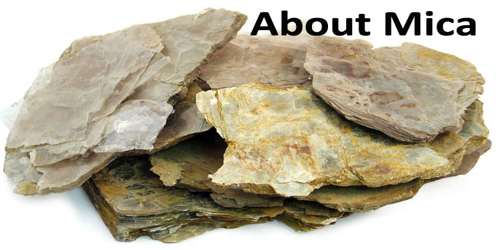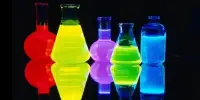About Mica
Definition
Mica: It is any of a group of hydrous aluminosilicate minerals with the general formula (K,Na,Ca)(Mg,Fe,Li,Al)2-3(Al,Si)4O10(OH,F)2 that can be split easily into thin, partly transparent sheets. The word mica is derived from the Latin word mica, meaning a crumb, and probably influenced by micare, to glitter. Mica is common in igneous and metamorphic rocks and often occurs as flakes or sheets. It is highly resistant to heat and is used in electric fuses and other electrical equipment.
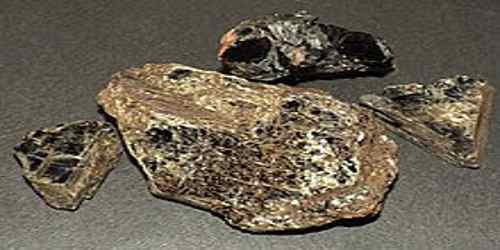
Mica forms flat six-sided monoclinic crystals along with an extraordinary split in the direction of larger surfaces. This allows the mineral to be easily cleaved into optically flat films. High in silica, this stone has the extensive capacity to remain elastic and tough even at high temperatures. It is found having thin-sheet like or plate-like structure with various composition and physical properties. This helps the people to handle and work with the stone in those places with high and humid temperatures.
Production and Properties of Mica
Mica was mined in Alabama, Georgia, North Carolina, and South Dakota. Scrap mica was recovered principally from mica and sericite schist and as a byproduct from feldspar, kaolin, and industrial sand beneficiation. The majority of domestic production was processed into small particle-size mica by either wet or dry grinding. Primary uses were joint compound, oil-well-drilling additives, and paint, roofing, and rubber products. Mica is widely distributed and occurs in igneous, metamorphic and sedimentary regimes. Large crystals of mica used for various applications are typically mined from granitic pegmatites.
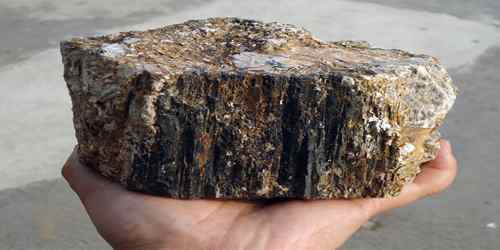
Until the 19th century, large crystals of mica were quite rare and expensive as a result of the limited supply in Europe. However, their price dramatically dropped when large reserves were found and mined in Africa and South America during the early 19th century. The largest documented single crystal of mica (phlogopite) was found in Lacey Mine, Ontario, Canada; it measured 10 × 4.3 × 4.3 m and weighed about 330 tonnes. Similar-sized crystals were also found in Karelia, Russia.
Resources of scrap and flake mica are available in clay deposits, granite, pegmatite, and schist, and are considered more than adequate to meet anticipated world demand in the foreseeable future. World resources of sheet mica have not been formally evaluated because of the sporadic occurrence of this material. Large deposits of mica-bearing rock are known to exist in countries such as Brazil, India, and Madagascar. Limited resources of sheet mica are available in the United States. Domestic resources are uneconomic because of the high cost of hand labor required to mine and process sheet mica from pegmatites.

Mica belongs to a very important and rather large group of minerals that are highly suitable for several applications. However, its advanced properties make it highly suitable for use in various places. These are:
- Physical: Mica is translucent, easily split into thin films along its cleavage, optically flat, colorless in thin sheets, elastic and incompressible.
- Chemical: It is a compound hydrous silicate of aluminum, which also contains iron, magnesium, potassium, sodium fluorine, lithium and also few traces of numerous other elements. It is constant and entirely static to the action of water, acids (except for hydrofluoric and concentrated sulphur), alkalies, conventional solvents, bases, and oil. It remains almost unchanged by atmospheric action.
- Electrical: Mica has the exclusive combination of uniform dielectric steadiness, capacitance stability, enormous dielectric power, high Q factor and lower power loss, high electrical resistance and low temperature coefficient. It is highly regarded for its resistances to arc and corona discharge without causing any lasting injury.
- Thermal: It is highly fire proof, incombustible, non- flammable, infusible, and also can resist temperatures of up to 1000 degrees Celsius/1832 degrees Fahrenheit. However this depends on the type and variety of Mica used. It has excellent thermal stability, lower heat conductivity, and can be easily exposed to high temperatures without visible effect.
- Mechanical: Mica is highly tough, having high tensile strength, elastic, and along with being flexible. It has immense compression power and can be machined, die-punched, or hand cut.
Applications of Mica
There are a variety of uses of this mineral such as:
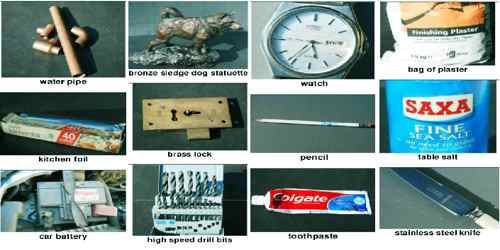
- It is used in paints as a pigment extender and also helps to brighten the tone of colored pigments
- In the electrical industry the same as thermal insulation, and electrical insulators in electronic equipment
- Its shiny and glittery appearance makes it ultimate for toothpaste and cosmetics
- The high thermal resistance allows it to be used as an insulator in various electronics
- MICA SHIELDS or Gauge Glass Mica can be used to secure the liquid level gauges from corrosive and acidic solutions.
It is invariably used for fillers, extenders along with providing smoother uniformity, improving workability and prevents cracking. This can be used as an insulator in home attics, concrete blocks and also poured into open top walls. It can also be added to grease to increase its durability and giving it a better surface. Mica can also be used as a soil conditioner particularly in potting soil mixes and in gardening plots.
Reference:
